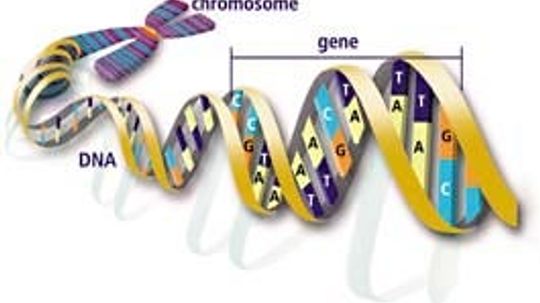Table of Contents
Advancements in forensic science have revolutionized criminal investigations, with DNA evidence emerging as a powerful tool to unravel mysteries. This article delves into the complexities of DNA evidence analysis, shedding light on its intricate workings and significance in modern-day legal proceedings.
An In-Depth Look at DNA Profiling
DNA profiling, also known as genetic fingerprinting, is a technique used to identify individuals based on their unique genetic makeup. It involves extracting and analyzing specific regions of an individual’s DNA that exhibit high variability among different people. By comparing these regions between crime scene samples and potential suspects, forensic scientists can establish links or exclusions with a high degree of accuracy.
However, it is crucial to note that while DNA profiling can provide compelling evidence for identification purposes, it cannot definitively prove guilt or innocence on its own. The interpretation and contextualization of the results require meticulous analysis by trained experts who consider various factors such as population genetics, statistical probabilities, and contamination risks.
The Role of Statistical Analysis in Interpreting Results
Statistical analysis plays a pivotal role in interpreting the results obtained from DNA profiling. When determining the likelihood ratio—a measure indicating how much more likely one scenario is compared to another—forensic scientists consider several factors such as match probability and random match probability.
Match probability refers to the likelihood that two unrelated individuals would share the same profile by chance alone within a given population group. On the other hand, random match probability estimates how frequently an unrelated individual could be expected to produce a matching profile purely due to coincidental similarities with others within that population group.
To ensure accurate statistical calculations are made during data interpretation processes, extensive databases containing information about allele frequencies across diverse populations are maintained. These databases enable scientists to calculate the rarity of a particular DNA profile, providing valuable insights into the strength of the evidence.
Addressing Challenges and Limitations
While DNA evidence is highly reliable, it is not without its limitations. Contamination during sample collection or analysis can introduce errors that compromise the integrity of results. Therefore, stringent protocols are in place to minimize contamination risks at every stage of forensic investigation.
Additionally, familial searching—a technique used to identify potential relatives based on partial matches—poses ethical concerns due to privacy issues and potential stigmatization. Striking a balance between investigative needs and individual rights remains an ongoing challenge for legal systems worldwide.
A Powerful Tool in Modern Criminal Justice
In conclusion, DNA evidence has revolutionized criminal investigations by providing invaluable information for identifying individuals involved in crimes. However, it is crucial to approach such evidence with caution and rely on expert interpretation within a robust statistical framework. By understanding the intricacies of DNA profiling and addressing its challenges effectively, we can harness this powerful tool while upholding justice and safeguarding individual rights.




